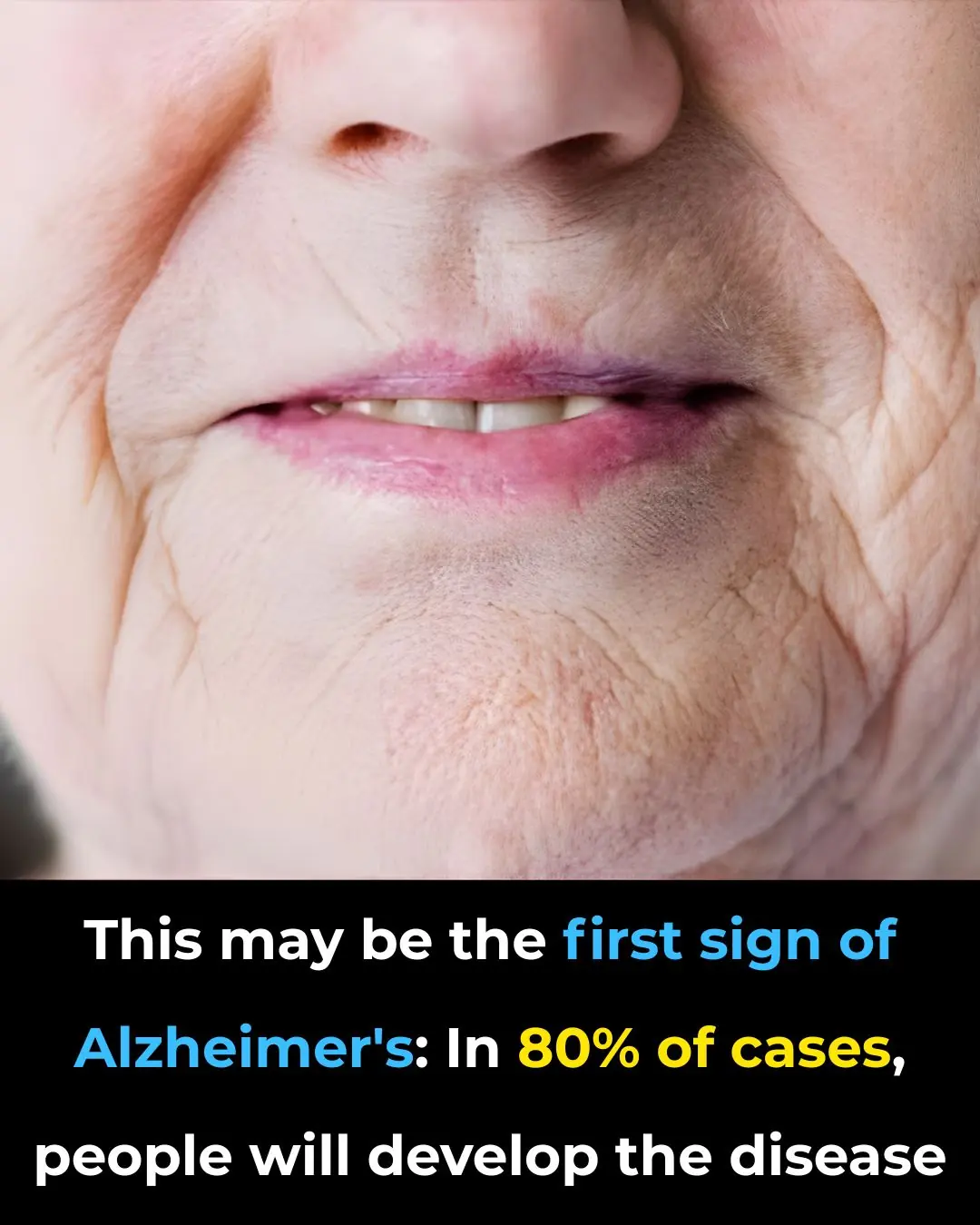
Warning Signs of Poor Blood Circulation You Can’t Afford to Miss
Good blood circulation is essential for a healthy body. It ensures that oxygen and nutrients are delivered to every organ, tissue, and cell, keeping them functioning properly. However, many people overlook the early signs of poor blood circulation until the problem becomes serious. Poor circulation can lead to fatigue, numbness, swelling, and even life-threatening conditions like heart disease or stroke. Recognizing the warning signs early can help you take action before it’s too late.
One of the most common signs of poor circulation is numbness or tingling in the hands and feet. This sensation often feels like pins and needles or as if your limbs have “fallen asleep.” It happens when blood flow is restricted, preventing oxygen from reaching the nerves properly. If you experience this frequently, it might be a sign that your circulatory system is struggling.
Another important sign is cold hands and feet. When blood doesn’t circulate efficiently, your extremities don’t receive enough warm blood, making them feel unusually cold even in warm environments. This can be a symptom of peripheral artery disease (PAD) or thyroid problems. If your hands and feet are always cold, it’s worth paying attention.
Swelling in the legs, ankles, or feet can also signal poor circulation. When blood cannot flow freely, fluid builds up in the tissues, leading to puffiness and discomfort. This is often seen in people who sit or stand for long periods, but chronic swelling may indicate a more serious issue such as varicose veins or heart failure.
Fatigue and lack of energy are often overlooked signs of circulatory problems. When your blood flow is weak, your muscles and organs receive less oxygen and nutrients, making you feel tired and sluggish even after minimal activity. If you constantly feel exhausted without a clear reason, it might be your body’s way of telling you that your blood circulation is not optimal.
Discoloration of the skin is another visible indicator. If your skin appears pale, bluish, or purple, it could mean that oxygen-rich blood isn’t reaching certain areas. In severe cases, this can lead to tissue damage or ulcers, especially in the legs or toes. Healthy circulation keeps your skin warm and rosy; any change in color should be taken seriously.
Men, in particular, might notice erectile dysfunction as a symptom of poor blood flow. Since proper circulation is required to achieve and maintain an erection, difficulty in this area can indicate underlying cardiovascular problems. It’s not just a sexual issue—it’s a health warning.
You may also experience poor concentration or memory problems. The brain depends on a constant supply of oxygenated blood to function efficiently. Reduced circulation can cause confusion, dizziness, and difficulty focusing. Over time, this can even increase the risk of cognitive decline.
The good news is that you can improve your blood circulation naturally. Regular exercise, such as walking, swimming, or cycling, strengthens the heart and promotes better blood flow. Eating a balanced diet rich in fruits, vegetables, omega-3 fatty acids, and whole grains supports vascular health. Staying hydrated, avoiding smoking, and managing stress also play key roles in maintaining a healthy circulatory system.
In conclusion, poor blood circulation is a silent issue that can lead to serious health problems if ignored. By paying attention to early warning signs such as numbness, swelling, fatigue, cold extremities, and skin discoloration, you can take action before it’s too late. A few lifestyle changes can make a huge difference in keeping your blood flowing freely and your body functioning at its best. Remember, your circulation is your life force—protect it, and it will protect you.
News in the same category


3 types of cheap vegetables in the market help treat melasma effectively: Crush them and apply them to your face to see

10 Warning Signs Your Liver is Overloaded with Toxins Don’t Ignore These!

Doctors Urge: Don’t Ignore Unexplained Bruising These Hidden Reasons Could Be the Cause

Struggling to Sleep? A Famous Doctor’s 60-Second Trick Could Change Your Nights Forever
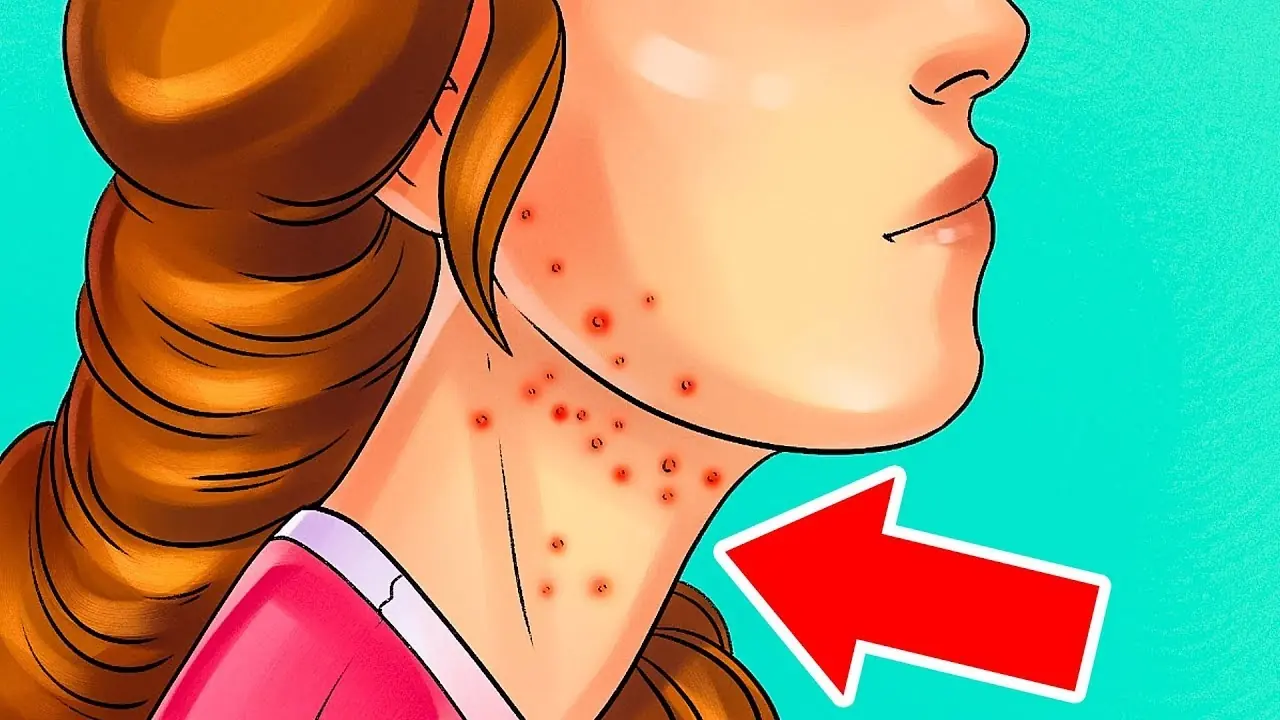
10 Urgent Warning Signs You’re Eating Too Much Sugar

Holding Cloves in Your Mouth: A Natural Way to Relieve Toothache

Doctor has message for anyone who wakes up between 2am and 3am

5 Hygiene Mistakes that Many People Make…

What Really Happens When You Drink Coffee Every Morning

Eat THIS Daily to Keep Your Arteries Clean and Your Heart Healthy

Dates: The Single Food for Heart Attack, Hypertension, Stroke, and Cholesterol

Drink This 1 Cup to Improve Blood Flow and Circulation in Your Legs & Feet

Doctor Reveals 5 Powerful Snacks That Help Your Body Fight Cancer and Disease
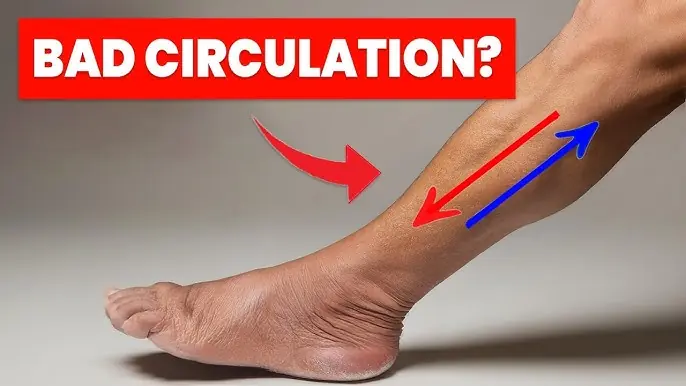
The 3:3:10 Method: 3 Exercises to Improve Leg Circulation

Avoid ginger if you have these 5 health problems..

Improve your oral health naturally with garlic

🌙 7 Gentle Drinks Before Bed That May Support Blood Sugar & Reduce Nighttime Urination
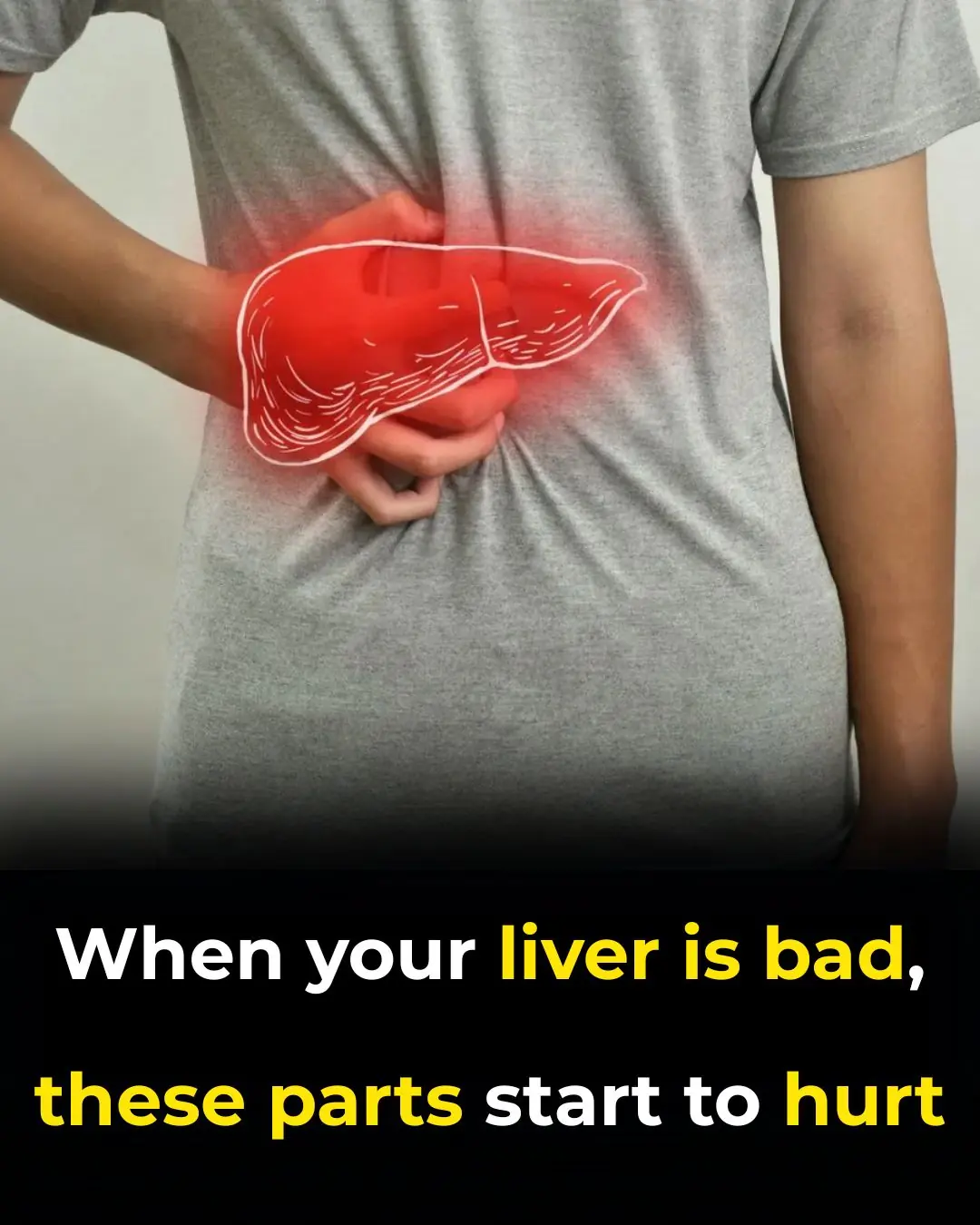
When your liver is bad, these parts start to hurt
News Post

This may be the first sign of Alzheimer’s

Published 10:25 15 Oct 2025 GMT+1 Warning issued as YouTuber has phone explode on him for first time ever during insane bend test video

How single drop of toxic metal led to teacher's agonizing death 10 months later

Freddie’s Fight: A Young Warrior’s Journey With Childhood Cancer

Officer Goes Above and Beyond: Turns a Traffic Stop Into a Lesson in Kindness

A Life Saved in the Icy River: When Compassion Transcends Species

Culantro Herb Benefits and Uses: The Powerful Healing Plant You Should Try
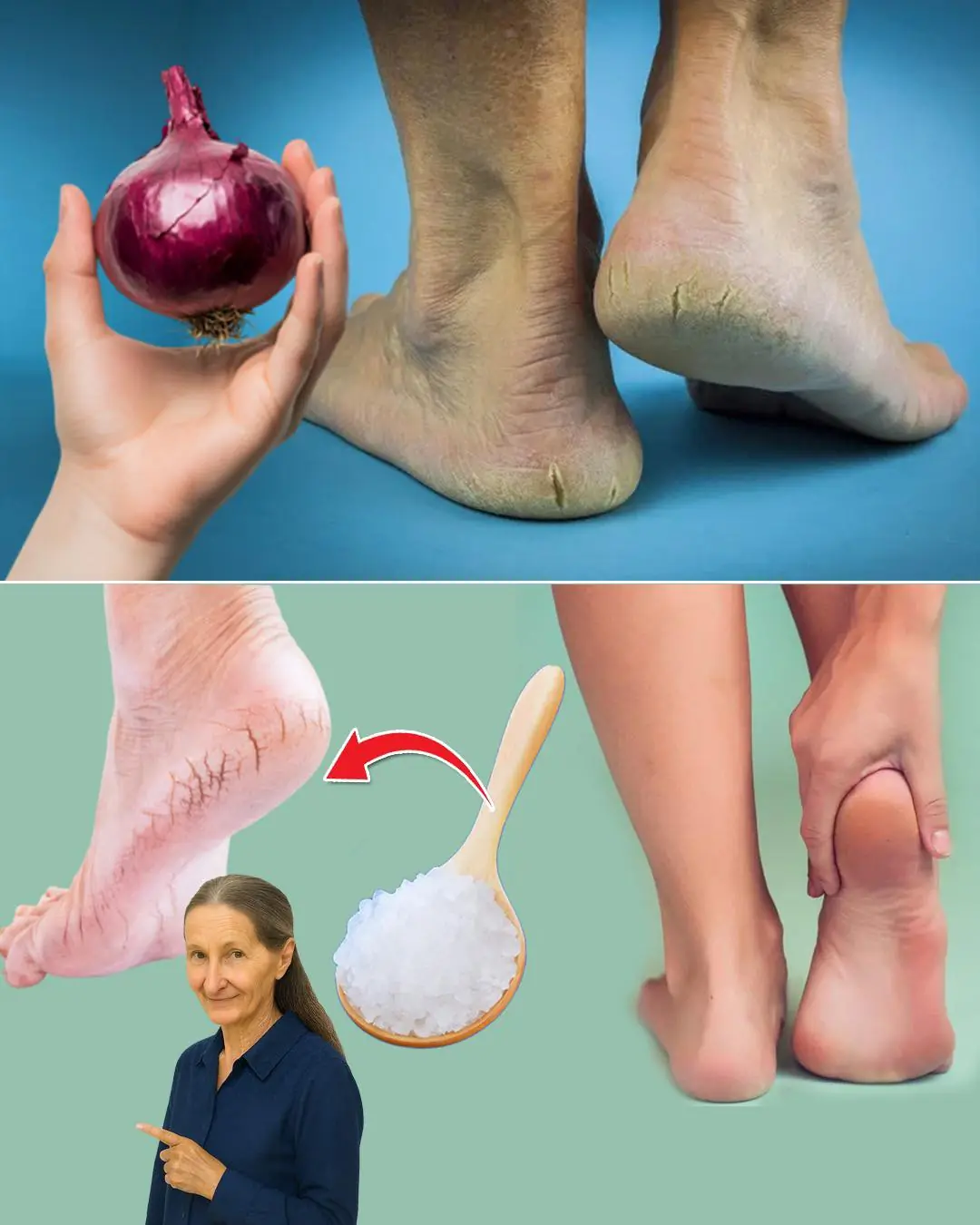
5 Natural Remedies for Cracked Heels: Red Onion, Sea Salt & More

Raheem Cooper: A UPS Driver’s Act of Kindness Saves an Elderly Woman's Life

Pumpkin Health Benefits: The Forgotten Superfood You Need Daily
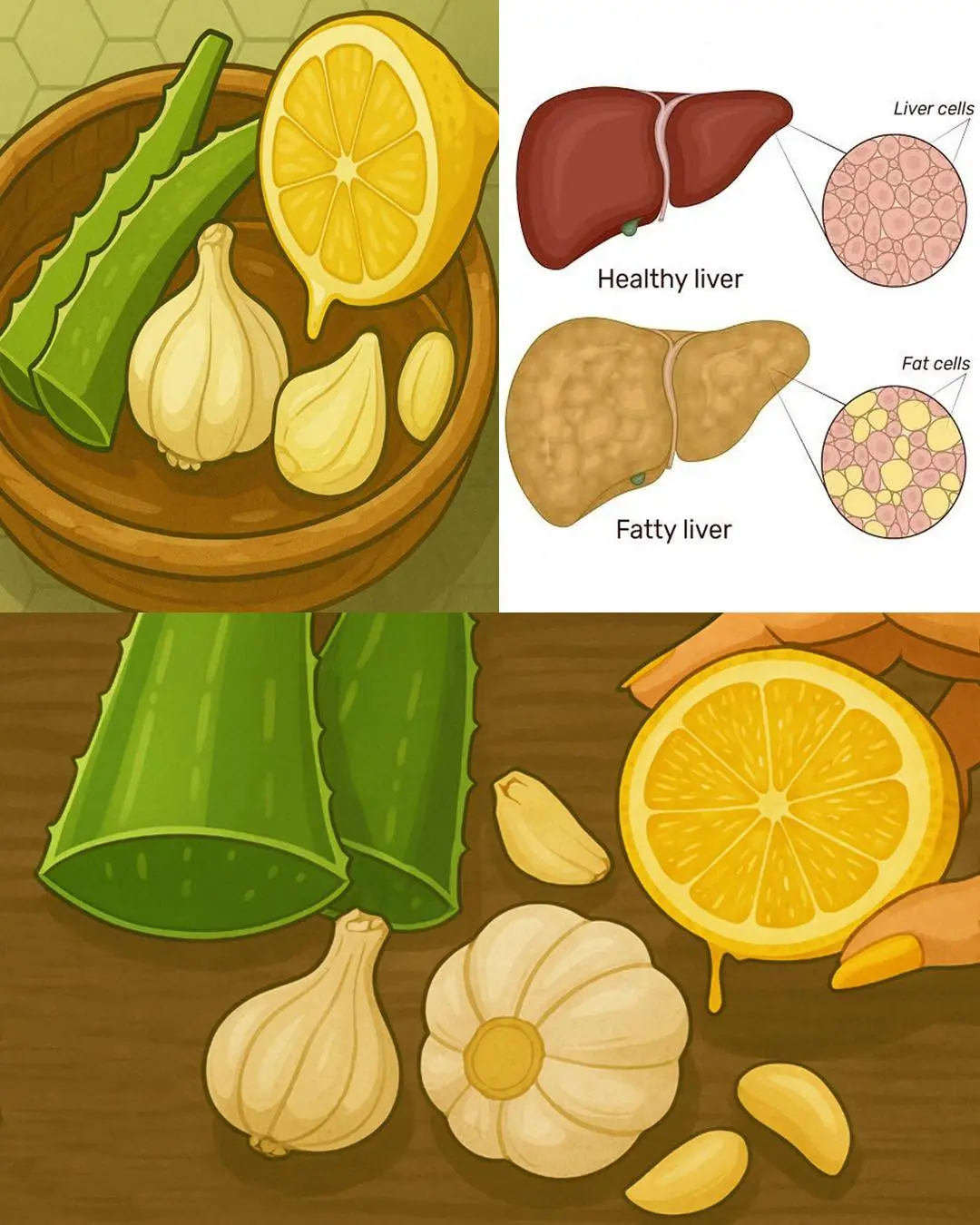
Aloe Vera Super Remedy: Stronger Than Garlic, Lemon, and Fights Bacteria & Fungi Naturally

Three Years of Waiting: The Shelter Dog Still Hoping to Be Chosen

Lamb’s Quarters/Wild Spinach a superfood with health benefits

Powerful Cinnamon, Ginger, Bay Leaves, and Cloves Drink: Health Benefits & How to Use It

At 89, She Thought Her Dog Days Were Over — Until a Special Rescue Changed Everything

7 Benefits of the Miracle Leaf of Life

A Parent’s Love Beyond Blood: Celebrating the Unspoken Bond with Pets

7 Benefits and Uses of Ageratum conyzoides

The Hug of a Cheetah.
